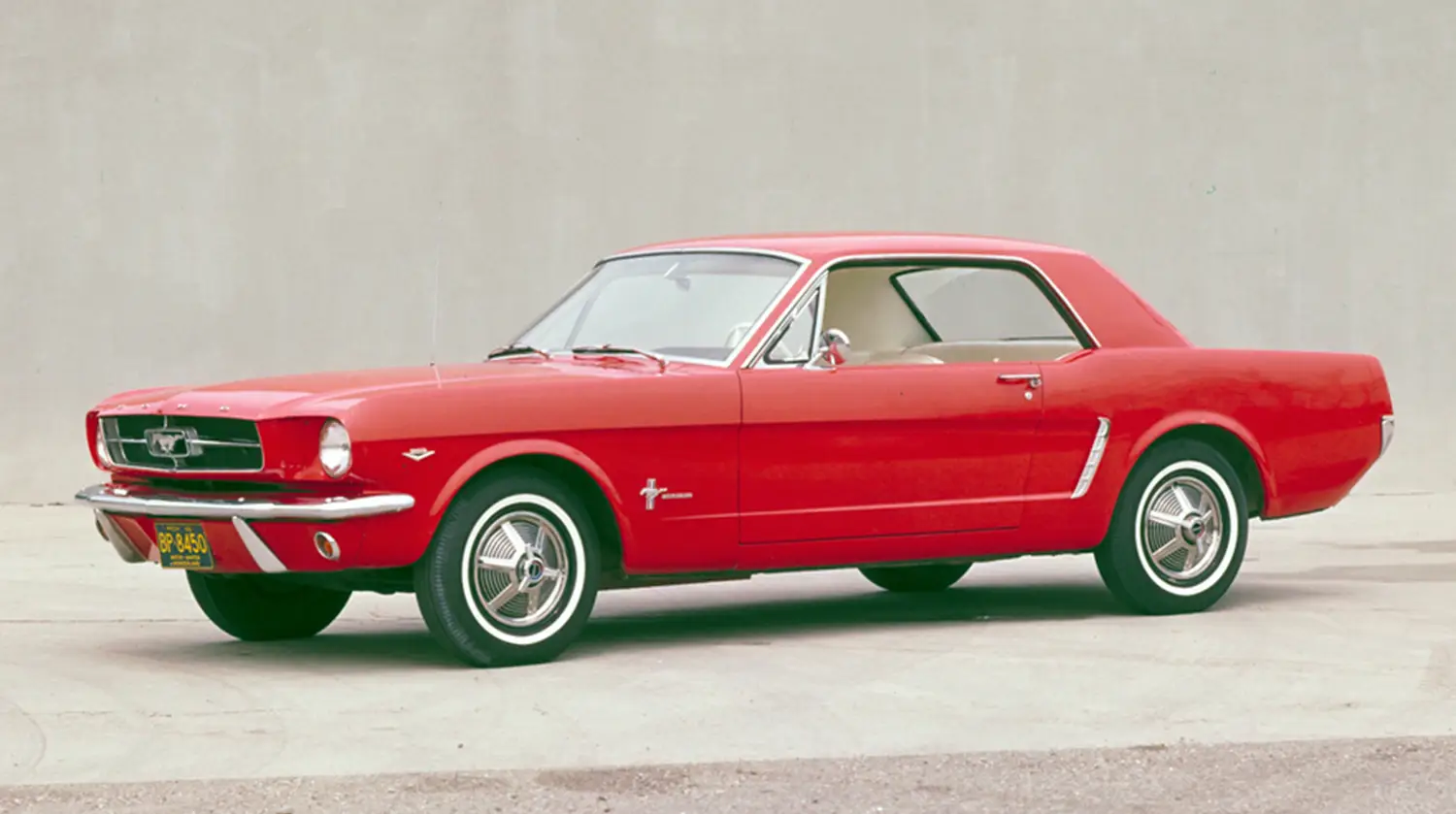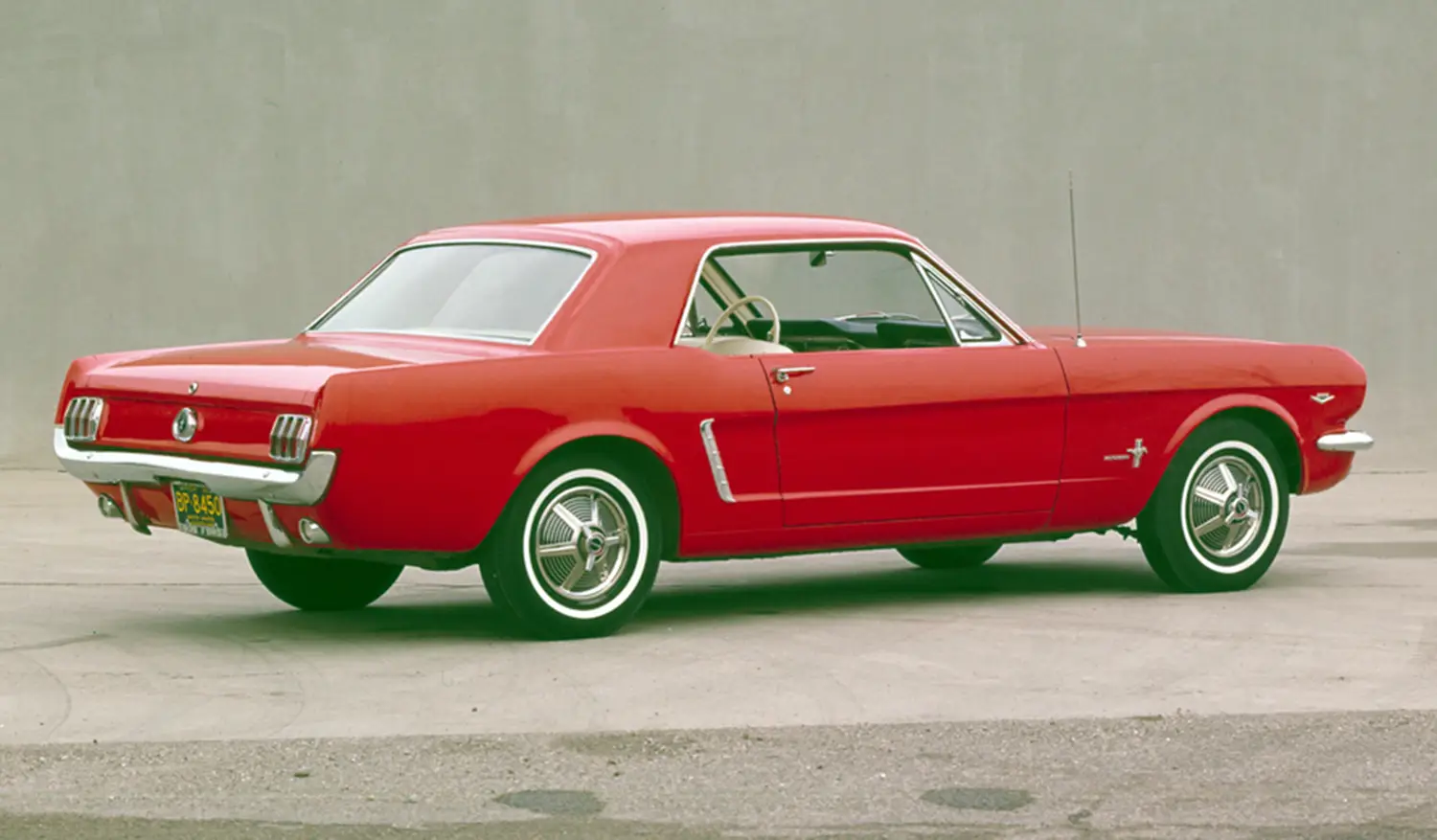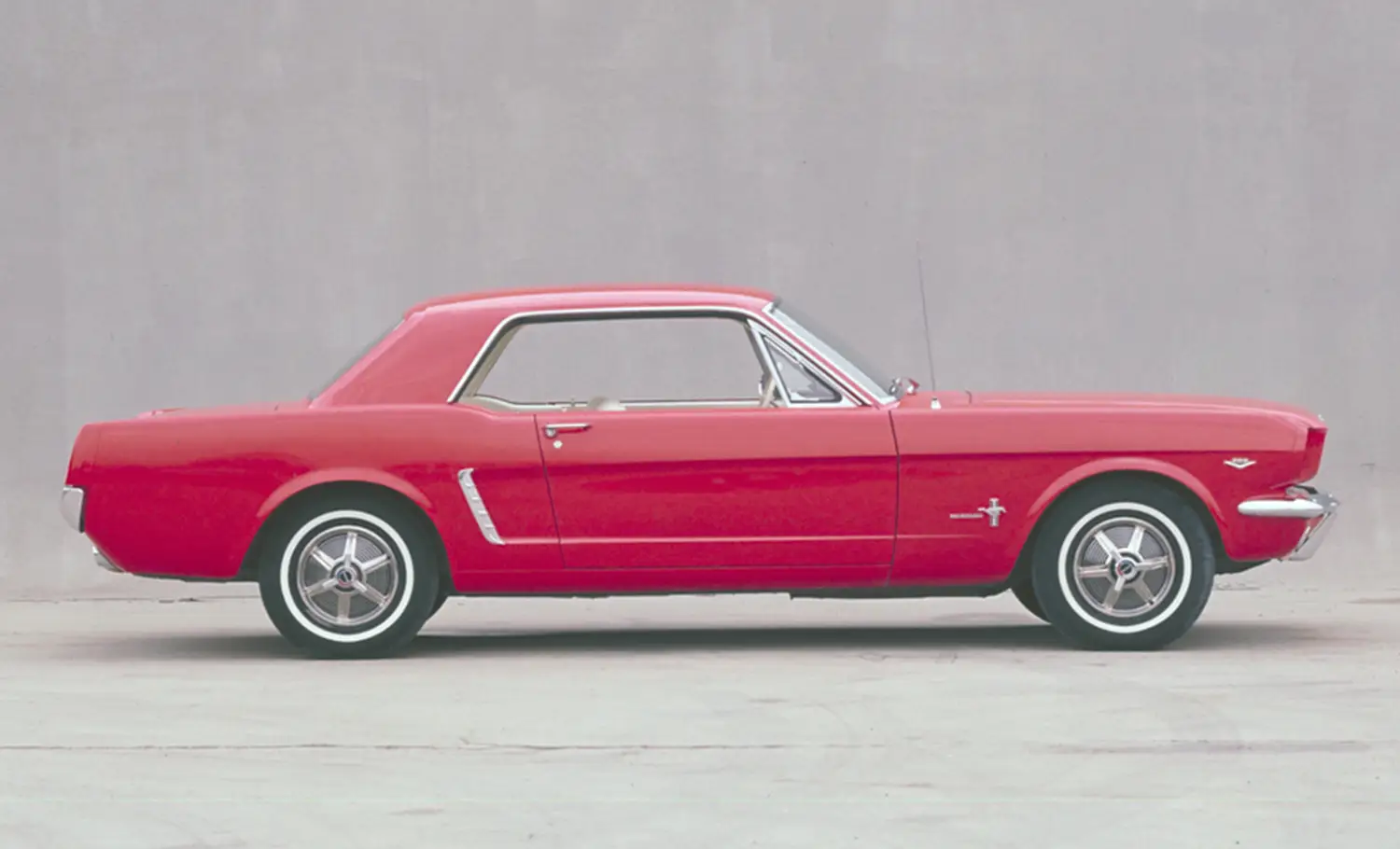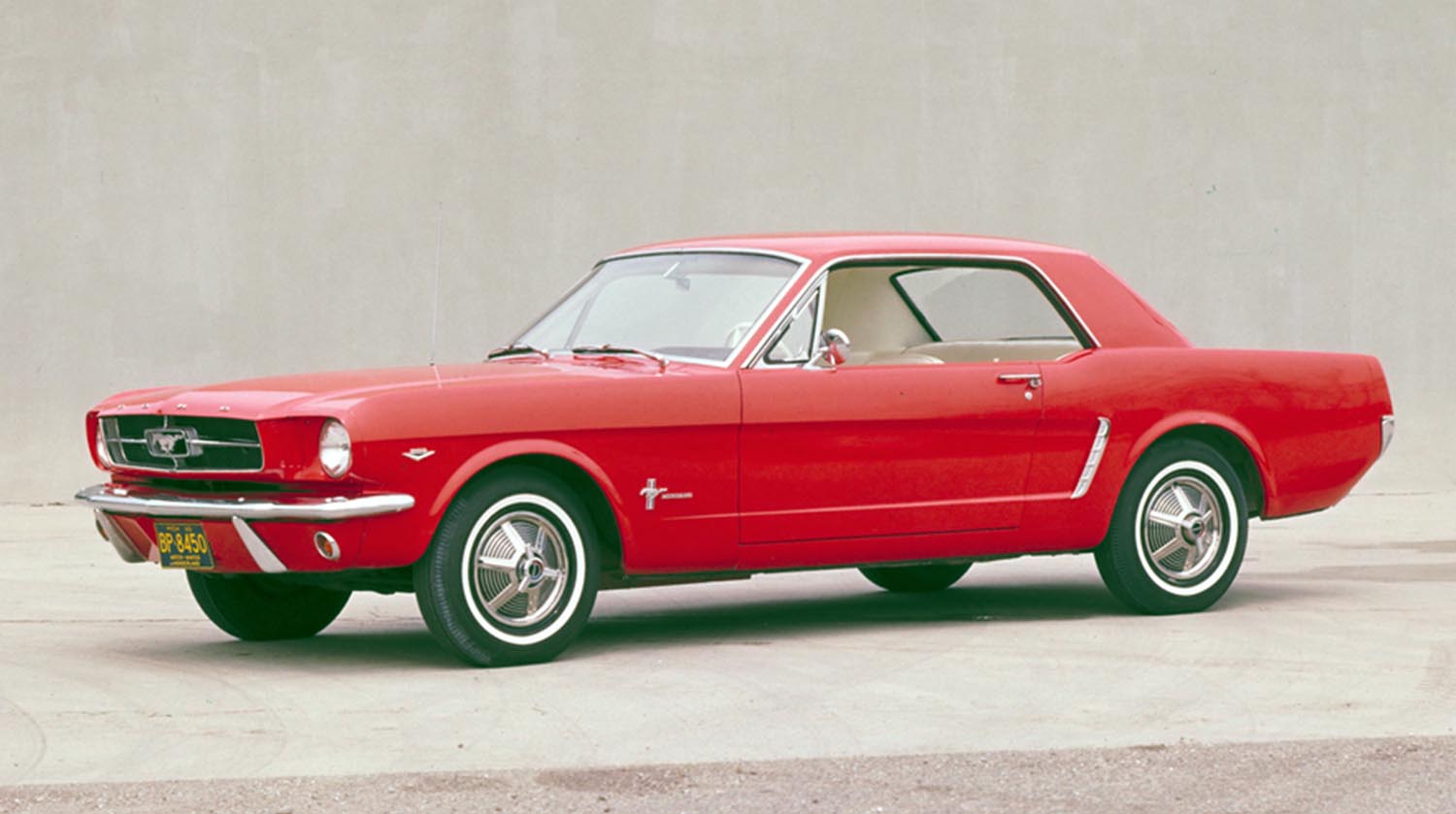
Few vehicles have ever resonated with the American public as profoundly as the original Mustang. When it debuted as an early 1965 model, this stylish two-door coupe was immediately an object of desire. It was not just an addition to the Ford lineup, but a genuine cultural moment. The launch of the 1965 Ford Mustang hardtop signaled a dramatic shift in what an affordable personal car could be. This new model successfully blended European sports car flair with rugged American practicality, creating a legend.
The Birth of the Pony Car Segment
The concept for the Mustang was brilliant in its simplicity and execution. Ford aimed to target the burgeoning youth market with a sporty yet economical machine. Lee Iacocca championed the idea of a car that was small, light, and customizable. Crucially, the final price had to be accessible to a wide audience.
To keep costs contained, Ford cleverly based the Mustang on the architecture of the Ford Falcon. This allowed for quick development and simpler assembly for the new vehicle. However, the Mustang’s sleek body, with its signature long hood and short deck, was completely unique. The iconic galloping pony badge perfectly captured the car’s spirit of freedom and speed.
A Sales Frenzy That Defined an Era
Ford’s official reveal of the Mustang on April 17, 1964, was a masterstroke of marketing. It took place at the New York World’s Fair, accompanied by a massive television advertising campaign. This unprecedented launch created immediate and overwhelming demand. Prospective buyers flocked to dealerships across the country, sometimes sleeping overnight just to place an order.
The resulting sales figures completely obliterated Ford’s initial conservative projections. Over 400,000 units were sold within the Mustang’s first year alone. The two-door hardtop body style accounted for the vast majority of these early sales. Its popularity cemented the 1965 Mustang as the fastest-selling new car in automotive annals.
Design Elements That Became Iconic
The look of the 1965 Mustang is instantly recognizable and perfectly balanced. Its low profile and sculpted flanks gave the car an aggressive, yet elegant stance. The design team meticulously crafted every detail to appeal to a sophisticated, modern buyer. These elements included the signature three-bar taillights and the simple but effective chrome grille.

Inside the cabin, the hardtop offered a standard set of sporty bucket seats. Buyers could also choose the highly coveted optional Interior Decor Group. This package, affectionately known as the “Pony Interior,” featured embossed horses on the seatbacks. This luxurious touch immediately elevated the cabin far above its budget price point.
Customization and Driver Focus
Customization options were a cornerstone of the Mustang’s revolutionary appeal. Ford allowed buyers to tailor their car to reflect their personal preferences. This range included everything from basic wheel covers to full performance packages. They could select different colors, transmissions, and comfort features. This approach made the car feel uniquely personal to every owner. It truly allowed the driver to craft their own automotive statement.
Performance That Matched the Style
Under the sheet metal, the 1965 model offered a range of robust powertrains. The base engine was a 200 cubic-inch inline-six, offering reliable, if modest, power. This setup was economical for daily commutes and city traffic. However, most enthusiasts craved the punch of the legendary small-block V8.
The V8 engines started with the 289 cubic-inch Challenger, generating 200 horsepower. An optional, more potent four-barrel version of the 289 provided 225 horsepower. This was an excellent blend of street performance and everyday usability. The pinnacle of the early lineup, though, was the formidable K-Code 289 V8.
This High-Performance 289 engine produced an exhilarating 271 horsepower. This output was achieved through internal upgrades like solid lifters and a heavy-duty block. The K-Code transformed the hardtop into a true muscle machine, capable of impressive acceleration. This focus on easily accessible power became a hallmark of the entire pony car segment it created. It ensured that the car was as exhilarating to accelerate as it was beautiful to look at.
The Enduring Cultural Legacy
The original 1965 Ford Mustang hardtop solidified its place as a cornerstone of American culture. It appeared frequently in films, television, and popular music of the era. This constant exposure in media only reinforced its status as the definitive car of the 1960s. It represented an aspirational lifestyle, symbolizing youthful freedom and adventure.
The car’s successful formula inspired countless imitators from rival manufacturers worldwide. Yet, the Mustang nameplate has always endured, outlasting many competitors. Today, this first-generation hardtop remains highly collectible and universally admired. It is a potent reminder of a moment when Ford took a monumental gamble and fundamentally changed the automotive landscape forever.
Disclaimer: Content on this site is for informational purposes only. Vehicle specs, pricing, and availability may change. Always verify details with official sources before making decisions. Opinions are those of the authors.
Source: Ford Heritage Vault

